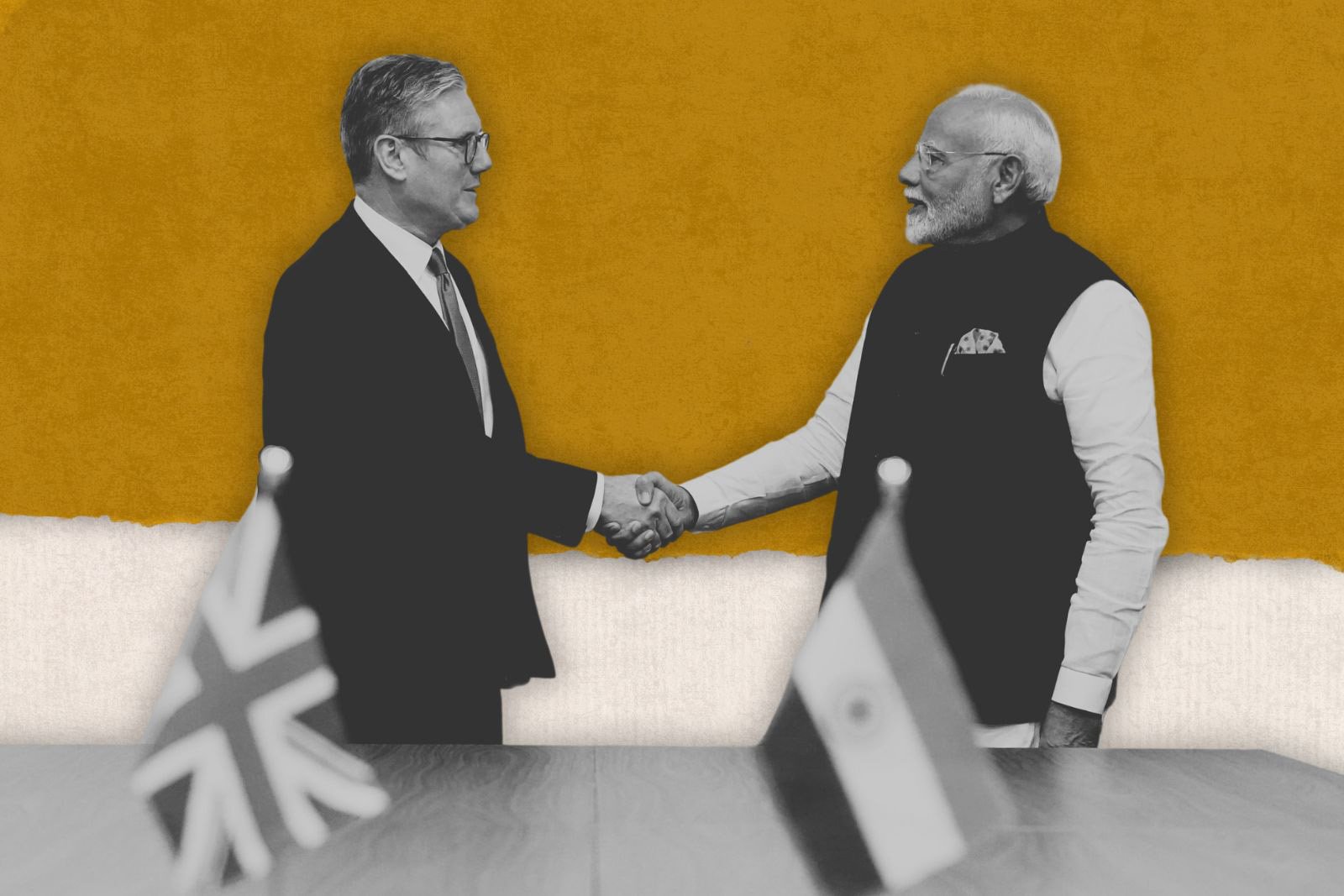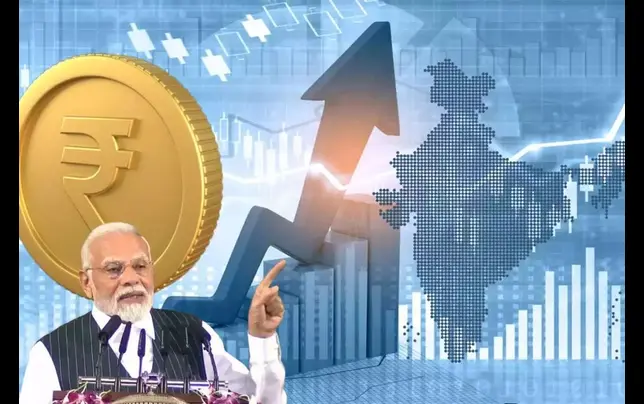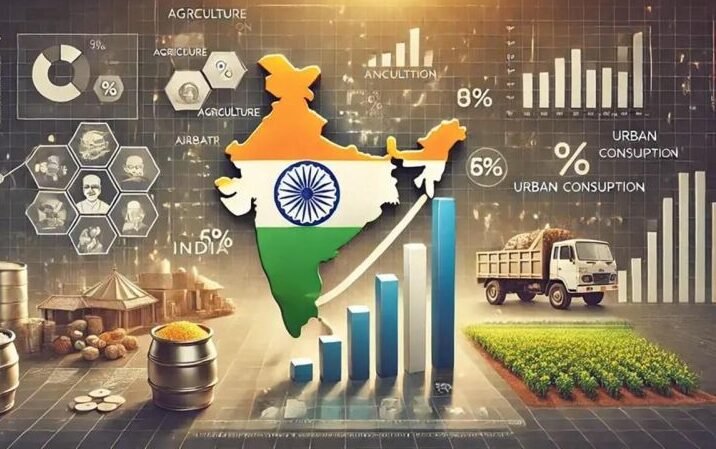Prime Minister Narendra Modi signed a historic £6 billion Free Trade Agreement (FTA) with his UK counterpart Keir Starmer, in a landmark move for the continuity of India-UK relations. It is a pragmatic move by the UK and India to remodel the global tradescape. It represents the UK’s most significant post-Brexit trade pact and India’s first major free trade agreement with a developed country.
A Win for Indian Exporters
The FTA grants almost 99% of Indian tariff lines duty-free access to the UK from day one, substantially boosting India’s key export sectors. If we analyse the impact of the FTA sector wise, we find that Textiles, Apparel & Footwear — which have long been facing 8–16% UK tariffs — will now gain unlimited access. This is a game-changer for MSMEs .
If you take the case of Gems and Jewellery (which faced up to 16% duty earlier), it’s a green signal for them. Exporters in the states of Maharashtra and Gujarat stand to gain the most from the move. Leather Goods & Sports Goods from Kanpur and Agra shall have duty-free access to the UK, making them more competitive. There would be a massive boost for Engineering Goods & Auto Components as the duty on transport machinery and components has been reduced to zero. The exports are expected to almost double. The chemicals, marine products, and processed foods categories, subject to up to 70% tariffs, will have duty-free access on more than 99% of tariff lines to the UK.
Pharmaceuticals, toys, medical equipment, furniture and machinery are other sectors that also receive tariff-free access. This across-the-board tariff-cut increases India’s international competitiveness.
Indian Markets for the UK
India, in return, has offered to reduce or eliminate tariffs on nearly 90% of UK tariff lines, with 85% of them becoming duty-free within 10 years.
- Tariffs on Scotch whisky and gin will fall from 150% to 75% immediately, and gradually to 40%, opening up India’s high-consumption beverage market.
- Automobile tariffs will be reduced from over 100% to 10% (subject to quota), starting first with the internal combustion engine (ICE) cars with a phased entry for electric and hybrid vehicles.
- UK exporters of medical devices, cosmetics, advanced manufacturing goods, aerospace parts, chocolates, and seafood will benefit from significant tariff reductions.
However, India has cautiously excluded or phased out reductions for sensitive products such as dairy, apples, oats, cheese, smartphones, and optical fibre components, safeguarding domestic producers.
Boosting Services & Professional Mobility
The FTA is notable not just for goods but for services and skilled mobility:
- A Professional Services Annexe enables smoother recognition of qualifications for engineers, accountants, solicitors, and architects.
- Mobility provisions ease business travel and intra-company transfers, and even cover specific professionals like yoga instructors and chefs.
- A key breakthrough is the Social Security Relief clause, exempting Indian professionals in the UK from National Insurance contributions for up to three years if covered by India’s EPFO, translating to savings of up to 20% of salary costs.
Government Procurement and Investment Access
UK firms now have access to Indian central government procurement tenders valued over ₹200 crore annually, provided that at least 20% of the contract value originates from the UK. However, sensitive sectors and state/local government contracts remain excluded. A separate Bilateral Investment Treaty (BIT) is however under negotiation.
Strategic and Economic Impact
From the current bilateral trade of $60 billion, the FTA aims to double the trade to touch $120 billion by 2030. The agreement is projected to generate an annual economic boost of £4.8 billion (US\$6.4 billion) for the UK by 2040, significantly enhancing the country’s long-term trade and growth prospects.
India expects the creation of over 100,000 jobs, particularly in its MSME-centric export clusters.
This agreement is a further indication of a broader strategic alignment that runs deeper than trade — encompassing climate cooperation, tech transfer and defence partnerships.
Caution and Considerations
Despite its potential, the FTA comes with caveats. Indian auto component manufacturers and premium liquor producers may face competition pressures. Agricultural products are cautiously shielded, limiting rural export gains. Unresolved issues like carbon border tax exemptions and quota implementation remain in flux.
Conclusion
The India-UK Free Trade Agreement is a model for a contemporary economic alliance, not merely a trade agreement. How well both parties carry out its requirements and how Indian companies adjust to international norms, digital documentation, and regulatory frameworks will now determine its success. If properly carried out, this agreement could reshape India’s role in global value chains and act as a template for future trade between India and a developed nation.



